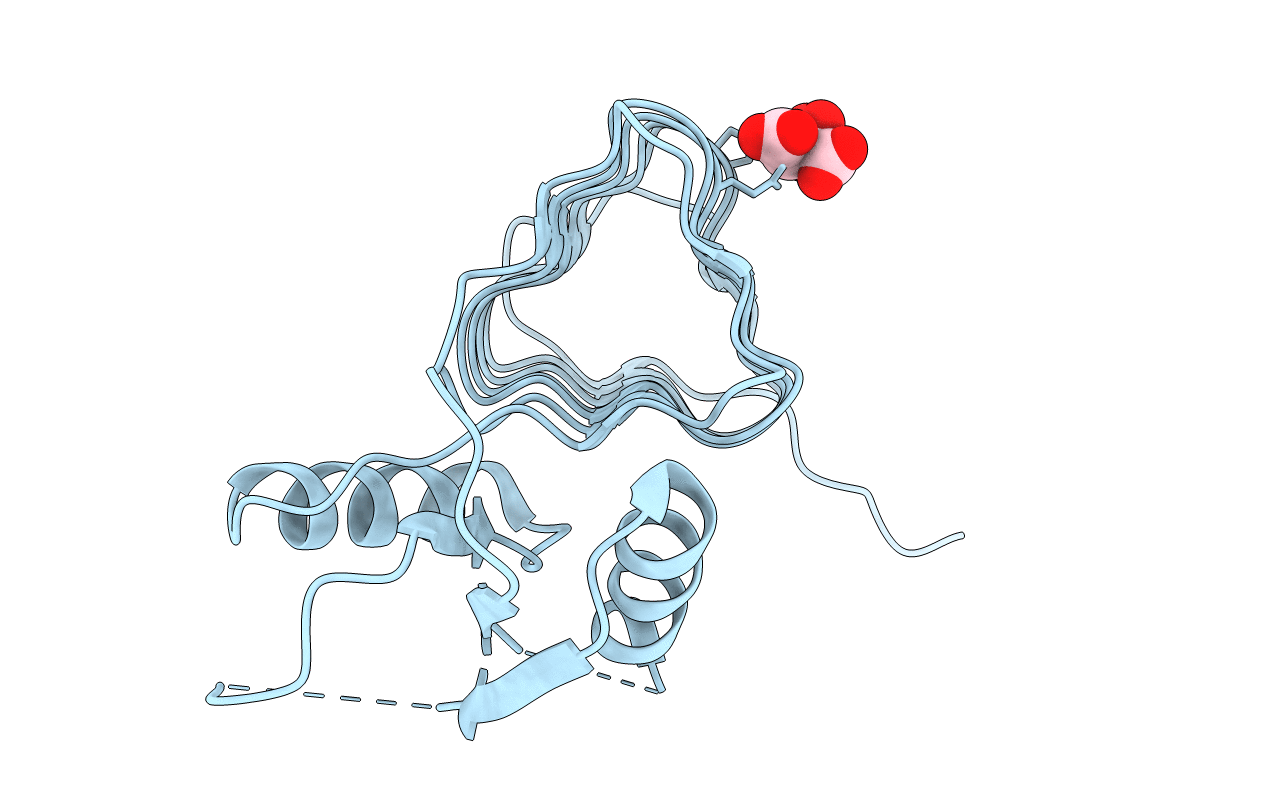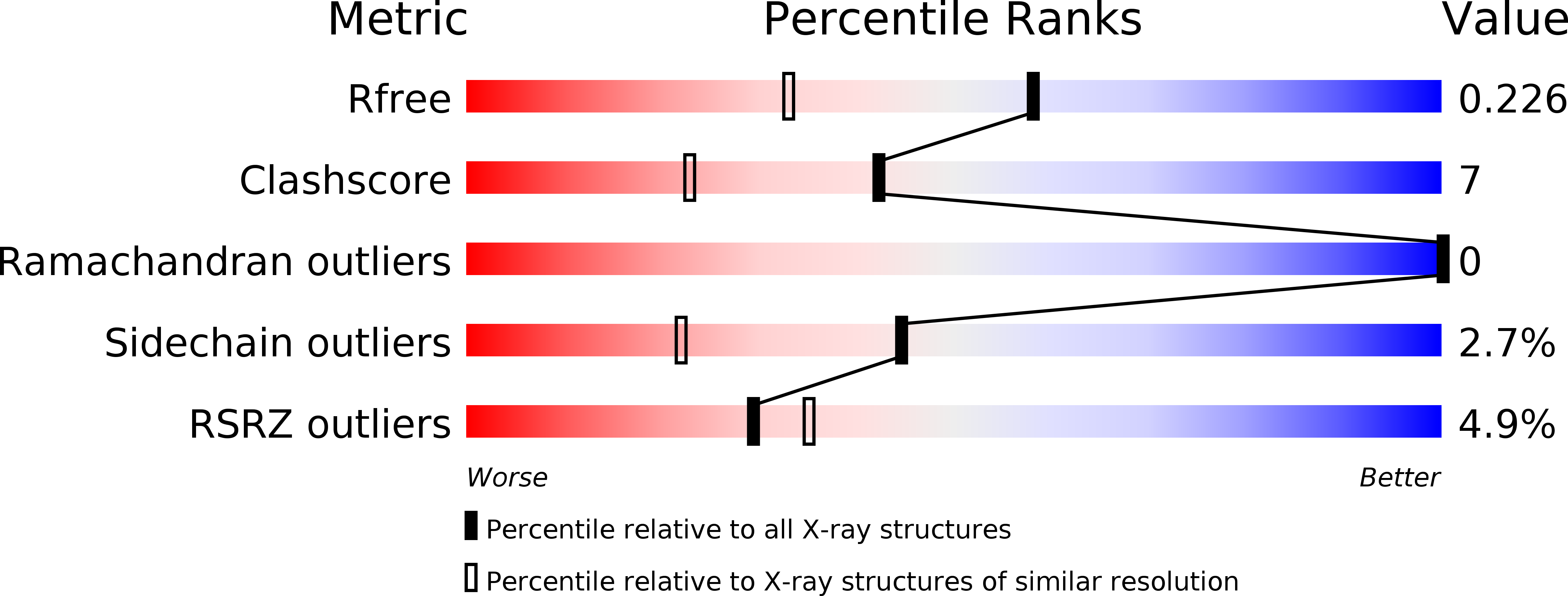
Deposition Date
2007-11-22
Release Date
2008-01-22
Last Version Date
2024-02-21
Entry Detail
Biological Source:
Source Organism:
Campylobacter jejuni (Taxon ID: 197)
Host Organism:
Method Details:
Experimental Method:
Resolution:
1.75 Å
R-Value Free:
0.22
R-Value Work:
0.19
R-Value Observed:
0.20
Space Group:
P 63


